How To Optimize for the New Talent Economy
authors are vetted experts in their fields and write on topics in which they are extremely knowledgeable. All of our content is peer reviewed and validated by world-class professionals.

The wind and the waves are always on the side of the ablest navigator.
— Edward Gibbon
Cultural shifts worldwide are causing significant seismic activity in how work gets done. Among other things, "hiring managers believe remote work will change the nature of work more than A.I." (Inc.)
It is critical that procurement managers, HR, and legal understand these shifts and work closely with their business partners, think creatively, plan accordingly, and adapt by utilizing on-demand talent models—or risk going the way of brands that didn’t embrace vital trends (e.g., Kodak, Blockbuster, and Xerox).
Kodak invented the first digital camera in 1975. Thirty-five years later, they were kicked out of the S&P 500, and in 2012 declared Chapter 11 bankruptcy. Blockbuster was rewound and then erased by Netflix. Xerox invented, then ignored the first personal computer. Apple came along in the early 80s, took most of the graphical user interface inventions from Xerox Parc, and the rest is history.
What these companies have in common is that they ignored the winds of change and didn’t stay ahead of the curve. Management misfirings and clumsy handling of their companies’ innovations and precious human resources led them to one disastrous blunder after another, and ultimately a missed opportunity that proved fatal.
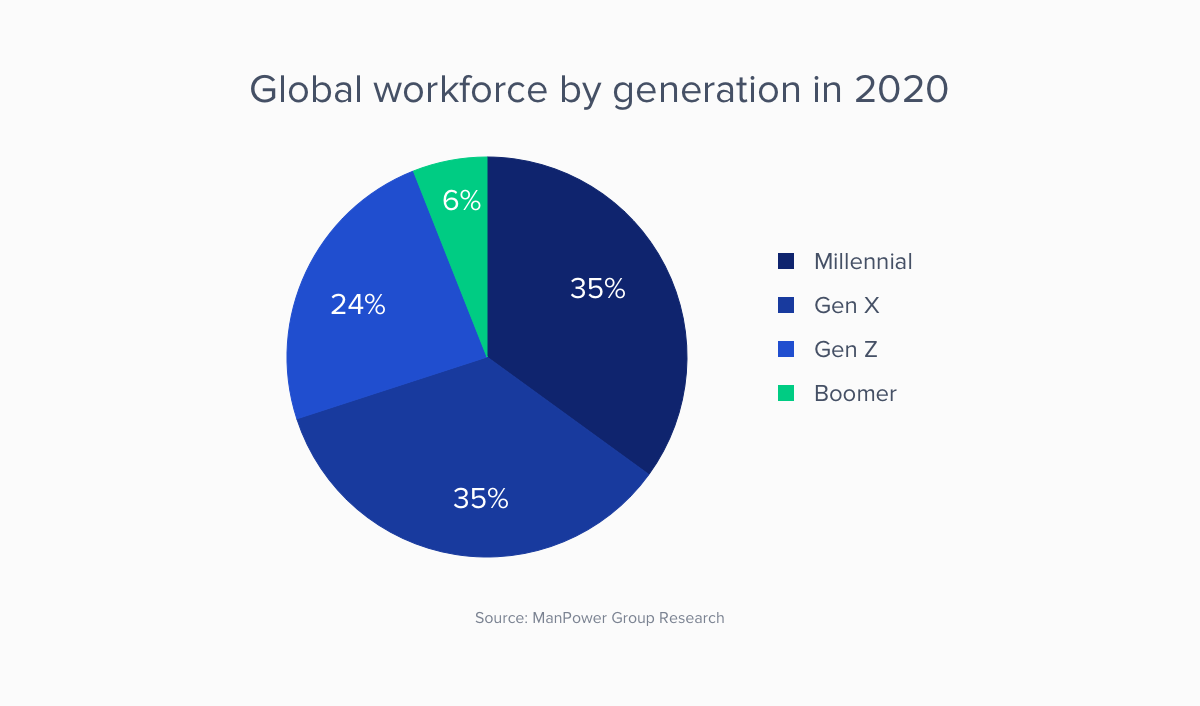
Shifting Paradigms in the New Talent Economy
The current staffing model is receiving pressure from a number of changes that—fueled by technology, new generational changes, and the talent/skill gap—are happening faster than ever before.
The age of on-demand talent models and the new talent economy is here and is causing a seismic shift for established companies. The name of the game is agility and flexibility, casting the net wide, and going global (not being limited by what is local).
Millennials, projected to make up half of the workforce by 2020, have a different attitude toward work than their parents. Nearly 80% are looking for greater flexibility which impacts how they work, when they work, and where they work (FlexJobs). Typically, this means going freelance, being independent, and in many cases working remotely. They are redefining the employer-employee relationship and will increasingly demand top-level, modern technology. For their organizations to thrive, procurement managers will have to adapt, understand, and come to terms with what drives this generation.

Millennials are not alone in their proclivity for more flexible and remote work. A growing number of Baby Boomers and Gen X’ers have also adopted it—especially highly-skilled, in-demand talent—and prefer working that way more and more because of the advantages it offers.
Adding to the quandary of being caught in the churn of this significant paradigm shift, many companies are grappling with acute skills shortages. If organizations do not embrace on-demand business models, they are not reskilling and upskilling their workforce and stand to lose any competitive advantage, particularly when under intense pressure to rapidly complete projects where talent is lacking.
It has become essential for procurement managers and executives to adopt new methods of talent procurement and leverage it to their advantage. They must look to nimble, on-demand, global talent pools for the acquisition of the most highly-skilled talent and agile execution at the highest quality standard.
The Skills Gap
The Economist reports that the proportion of American workers in jobs that call for complex skills has grown three times as fast as employment in general, positing as an indisputable fact that the value of intangible assets and the demand for talent-intensive skills is rising, while the “talent” needed to fill the skills/talent gap is in disturbingly short supply. It is taking businesses across all sectors longer to fill open positions, often finding they have to be satisfied with sub-par hires.
Today’s job markets and in-demand skills are immeasurably different from what they were five or 10 years ago. Myriad job titles have surfaced that simply haven’t existed before, like app developer and YouTube creator. There are already over 100,000 drone operators. The pace of change continues to accelerate, with many professionals not being confident that their current skill set will be relevant in two years.
According to Deloitte, nearly 90% percent of managers and executives believe they are facing disruptive change driven by digital technologies. 70% say their employees don’t have the skills needed to adapt, but fewer than half say that their organizations are preparing adequately.
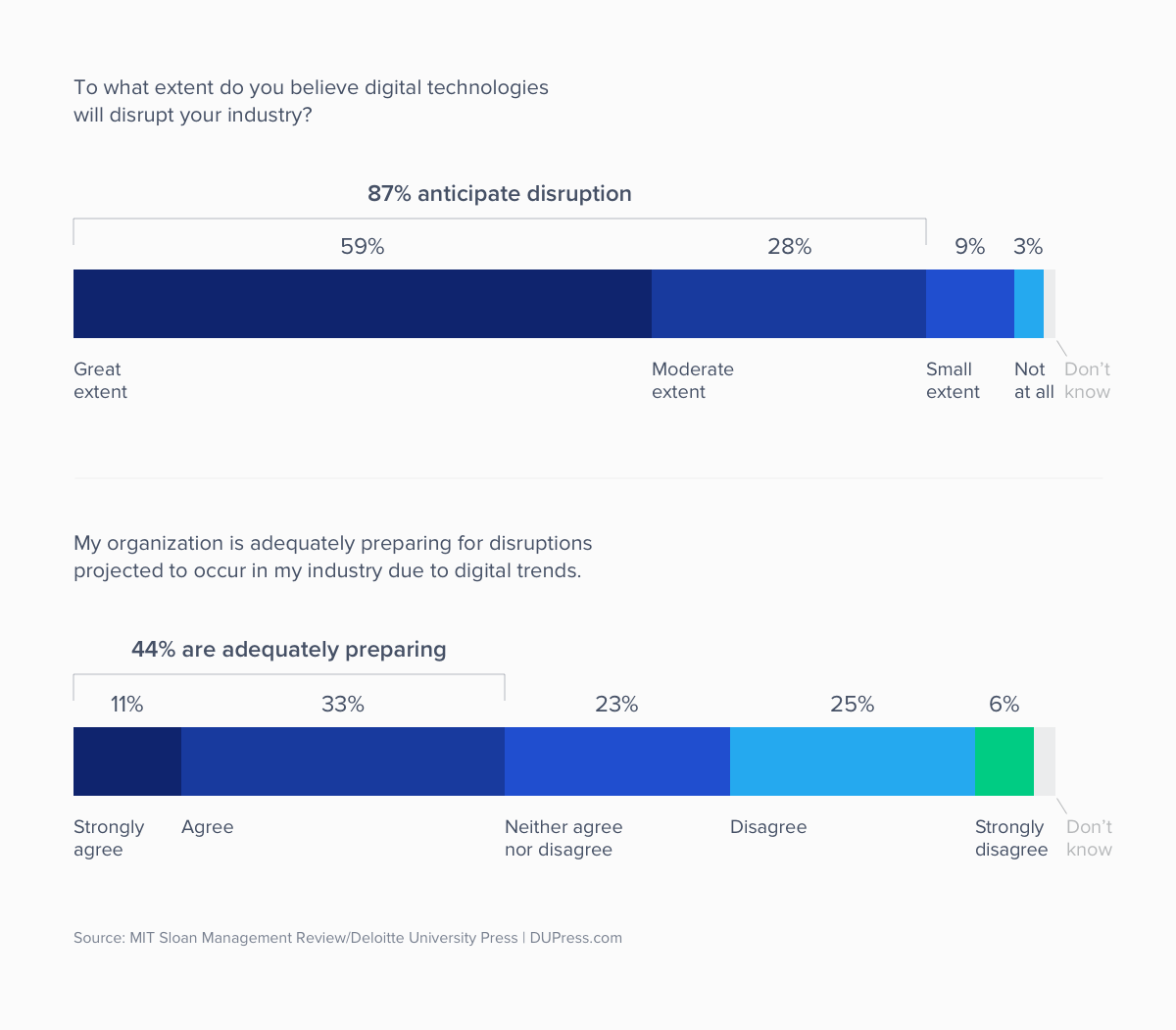
Findings from the World Economic Forum’s 2018 The Future of Jobs report indicate that by 2022, 54% of all employees will require significant re- and upskilling. Of these, about 35% are expected to require additional training of up to six months, 9% will require reskilling lasting six to 12 months, while 10% will require additional skills training of more than a year.
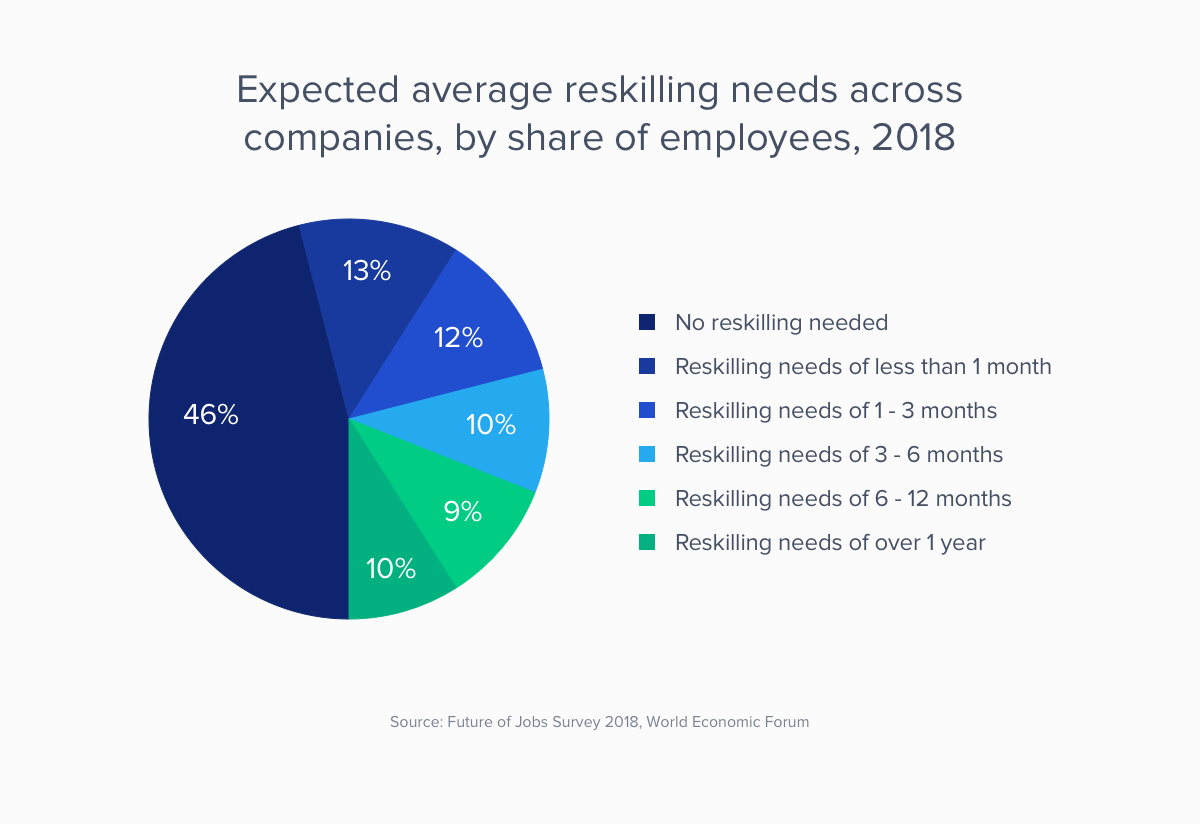
The importance of skills such as technology design and programming is increasing, highlighting the growing need for various forms of technology competency. Machine learning engineer, data scientist, and big data are among the top emerging jobs with demand coming from both tech and non-tech companies.
However, the value of emotional intelligence, empathy, strategic decision making, and soft skills such as adaptability, culture fit, and the ability to collaborate well, will continue to grow, particularly as people begin to work more with artificial intelligence and robotics.

The On-demand Model Is the New Normal
The on-demand workforce—contingent workers who work remotely through freelancing platforms—is fast becoming an integral part of any successful company’s talent pool and offers the opportunity for companies to tap into freelancing platforms such as Toptal, Business Talent Group, and Expert 360, which connect businesses with technical experts and other seasoned professionals.
The trend toward the talent economy is growing exponentially, and more companies realize that some of the best talent can be found through on-demand business models. The stakes are rising, and it is vital that talent is managed strategically. These expert networks simplify the process of outsourcing problems or projects without the need to hire full-time staff.

The Blended Workforce
Flexible staffing solutions generated by the growing popularity of these expert networks are on the rise, and more and more companies are considering the potential benefits of a blended workforce, a standard term for employee pools that integrate a wide range of talent sources and include on-demand, contingent, and permanent workers, often working from different geographic locations.
Technological advances such as cloud computing technology and hi-speed mobile internet have helped accelerate the shift toward remote working and the emergence of workplace innovations such as easy teleconferencing, co-working spaces, and the proliferation of collaborative work tools like the Microsoft 365 Freelance Toolkit, Slack, and Trello.
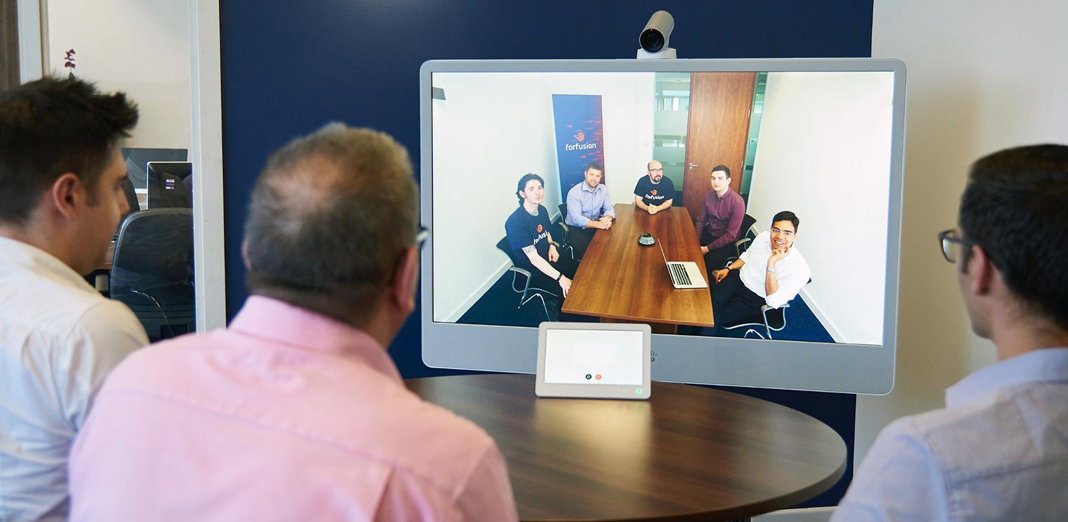
Drivers of External Talent Use
"Agility is what the market requires today based upon the speed of innovation and the speed of competition."
— L. David Kingsley, SVP of HR Strategy & Operations, Salesforce
Work is what people do, and not where they do it. With this in mind, it is essential that organizations become more agile around managing their workforce.
Business is a competitive game. These days, no matter what the industry or niche, gaining a competitive advantage and maintaining it is taxing. Tight wage to productivity margins are escalating, and businesses are facing new challenges that directly impact staffing.
For example:
- Fluctuations in workflow (e.g., seasonal, new business growth, project phases)
- High-churn, high-volume roles with prolonged recruitment
- Part-time roles with unpredictable hours
- A need for specific expertise
The war for talent is real, and executives and procurement managers consider the inability to acquire the right talent a primary risk to their organization’s success. Flexibility, access to expertise, and speed are the primary drivers of the use of external talent, which is providing a turnkey solution to mitigating this risk.
"Superior talent is up to eight times more productive."
– McKinsey.
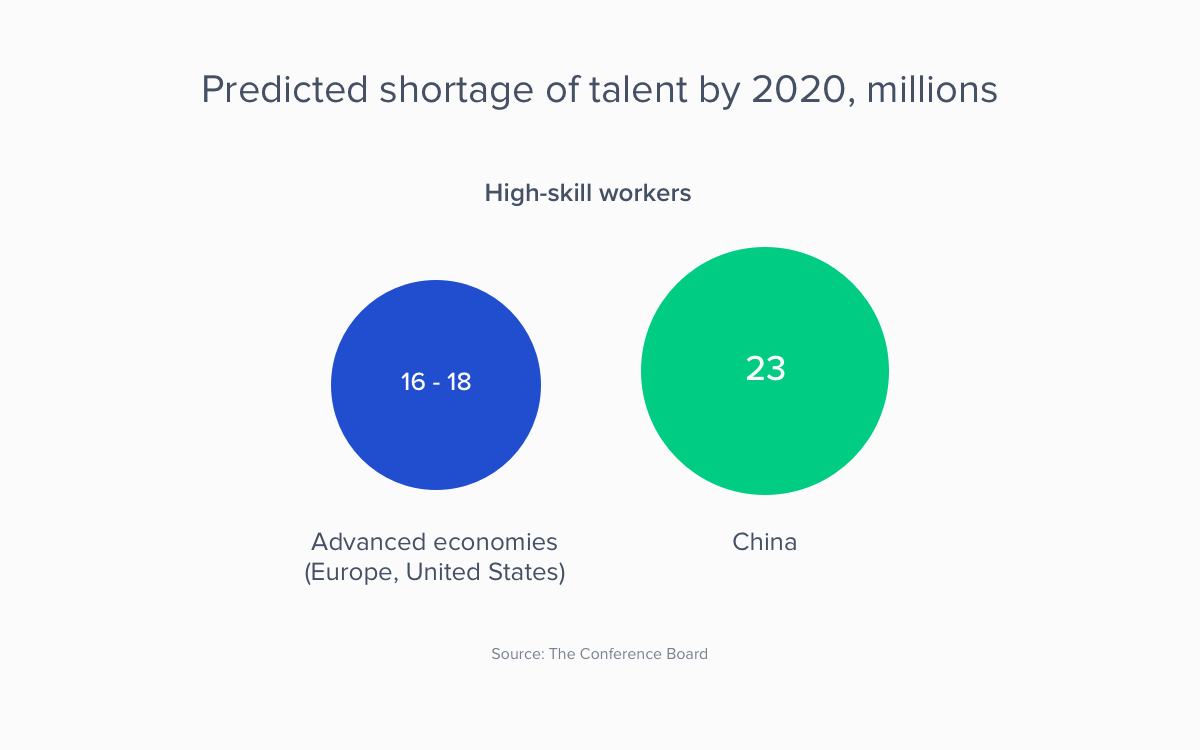
Cost vs. Value
"Hiring the best is your most important task."
– Steve Jobs
In most cases, freelancers (independent contractors, contingent workers, etc.) earn more per hour than a permanent employee. At first glance, this may seem discouraging, but it is crucial that executives and procurement managers break through any superannuated, myopic assumptions around cost vs. value if they are to succeed in the talent economy.
Aside from the flexibility mentioned previously, there are several other significant advantages to working with ICs (independent contractors), financial savings not being the least of it; working with an IC is, in effect, more cost-efficient.
For example:
- No downtime
- No permanent desk, equipment, office space, supplies, etc.
- No employer-provided benefits
- No required payments and contributions
- Lower recruiting costs
- Minimal or nonexistent training costs
All of which could potentially increase payroll costs by 20-30% in the case of a permanent hire.
In addition, freelancers are typically highly-skilled, highly-trained experts who are continually reskilling, and the value of their work has a more powerful impact because it is “done right” the first time, ameliorating the need for substantial revisions, difficult modifications, or in a worst-case scenario, a complete recalibration.
"Skilled freelancers are more likely to participate in additional training, with 65% having done training in the last six months."
– Edelman Intelligence, 2019.
“You get what you pay for.” And as highly-skilled, on-demand talent is fast becoming the world’s most valuable commodity, it is worthy of a premium price. To make sure their organizations remain viable and continue to thrive, it is vital for procurement managers to understand that the value of what they are paying for is what’s important, not the mechanics of how their people are being recruited and employed.
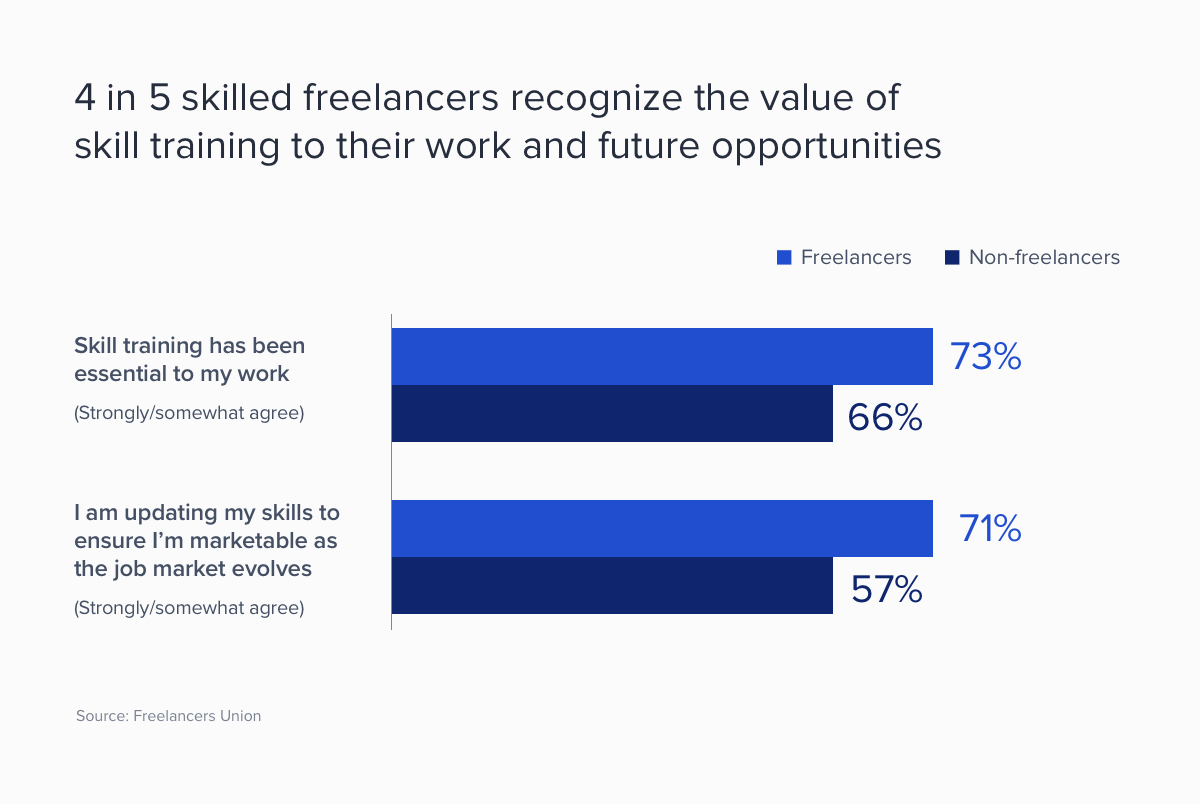
The Future is Now
The world is getting smaller. Geographic limitations are disappearing. Today, highly-skilled talent can work with organizations across the country and around the world. While this gives companies access to a much broader pool of potential candidates, the broadened reach also increases competition in the talent economy.
To attract the world’s elite talent, organizations must first recognize that the best talent face an abundance of options. Global demand for technical expertise far outstrips supply. For organizations to get a handle on this problem, they must be willing to create in-house capabilities for turning it to their advantage. That means implementing pilot programs and even hiring on-demand consultants to help understand how to synchronize an on-demand business model with their existing working models.
With on-demand talent platforms, organizations can benefit from greater availability of services and improved talent-matching that more effectively fulfill their needs. These platforms amplify the advantages through their massive scale, faster matches, seamless coordination, and the ability to cultivate trust.
The “save a penny, lose a dime” way of thinking has no place in this new era of staffing. Speed, flexibility, casting a wide net, and embracing worldwide talent pools is the new normal.
One implication of the new world is clear - the old arrangement no longer works. The future of remote work and on-demand talent is here. Procurement managers and executives must shift their way of thinking, find ways to leverage global, on-demand talent, and adapt organizational systems to best take advantage of the seismic shifts being brought by the new talent economy.
